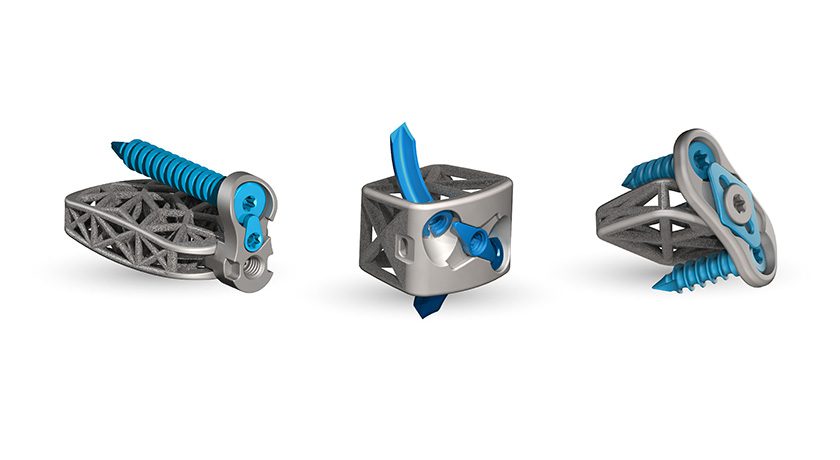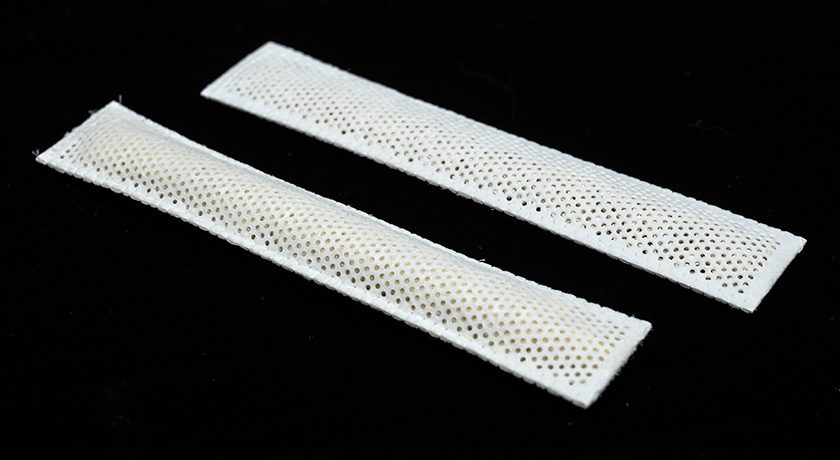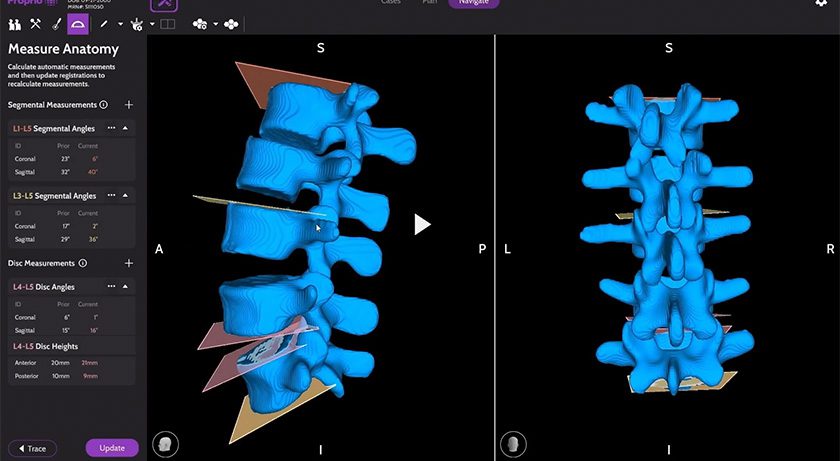

 Copy to clipboard
Copy to clipboard 
Aurora Spine announced the publication of a new clinical study, “Fixation of the Sacroiliac Joint: A Cadaver-Based Concurrent-Controlled Biomechanical Comparison of Posterior Interposition and Posterolateral Transosseous Techniques.” The study evaluates the biomechanical performance of Aurora Spine’s SiLO TFX MIS Sacroiliac Joint Fixation System compared to traditional posterolateral transosseous techniques.
SiLO TFX is a minimally invasive solution designed for sacroiliac joint fusion, addressing conditions such as sacroiliac joint disruptions and degenerative sacroiliitis. The system includes a Transfixing-Cone, ilium screw, sacrum screw and associated instrumentation, engineered to transfix the sacrum and ilium, thereby providing stability conducive to bony fusion.
The study’s findings indicate that the posterior interposition technique, as employed by the SiLO TFX system, removes less bone volume and offers a larger surface area for bony fusion compared to the posterolateral transosseous technique. Specifically, the posterior interposition technique resulted in a 42% ± 8% reduction in nutation/counternutation motion of the sacroiliac joint, outperforming the 14% ± 4% reduction observed with the posterolateral transosseous technique.
Furthermore, upon fatigue loading, the posterior interposition implant maintained the bone-implant interface across all specimens, whereas the posterolateral transosseous implant exhibited migration or subsidence in 20%–50% of specimens.
Source: Aurora Spine
Aurora Spine announced the publication of a new clinical study, "Fixation of the Sacroiliac Joint: A Cadaver-Based Concurrent-Controlled Biomechanical Comparison of Posterior Interposition and Posterolateral Transosseous Techniques." The study evaluates the biomechanical performance of Aurora Spine's SiLO TFX MIS Sacroiliac Joint Fixation...
Aurora Spine announced the publication of a new clinical study, “Fixation of the Sacroiliac Joint: A Cadaver-Based Concurrent-Controlled Biomechanical Comparison of Posterior Interposition and Posterolateral Transosseous Techniques.” The study evaluates the biomechanical performance of Aurora Spine’s SiLO TFX MIS Sacroiliac Joint Fixation System compared to traditional posterolateral transosseous techniques.
SiLO TFX is a minimally invasive solution designed for sacroiliac joint fusion, addressing conditions such as sacroiliac joint disruptions and degenerative sacroiliitis. The system includes a Transfixing-Cone, ilium screw, sacrum screw and associated instrumentation, engineered to transfix the sacrum and ilium, thereby providing stability conducive to bony fusion.
The study’s findings indicate that the posterior interposition technique, as employed by the SiLO TFX system, removes less bone volume and offers a larger surface area for bony fusion compared to the posterolateral transosseous technique. Specifically, the posterior interposition technique resulted in a 42% ± 8% reduction in nutation/counternutation motion of the sacroiliac joint, outperforming the 14% ± 4% reduction observed with the posterolateral transosseous technique.
Furthermore, upon fatigue loading, the posterior interposition implant maintained the bone-implant interface across all specimens, whereas the posterolateral transosseous implant exhibited migration or subsidence in 20%–50% of specimens.
Source: Aurora Spine

You are out of free articles for this month
Subscribe as a Guest for $0 and unlock a total of 5 articles per month.
You are out of five articles for this month
Subscribe as an Executive Member for access to unlimited articles, THE ORTHOPAEDIC INDUSTRY ANNUAL REPORT and more.
JV
Julie Vetalice is ORTHOWORLD's Editorial Assistant. She has covered the orthopedic industry for over 20 years, having joined the company in 1999.







